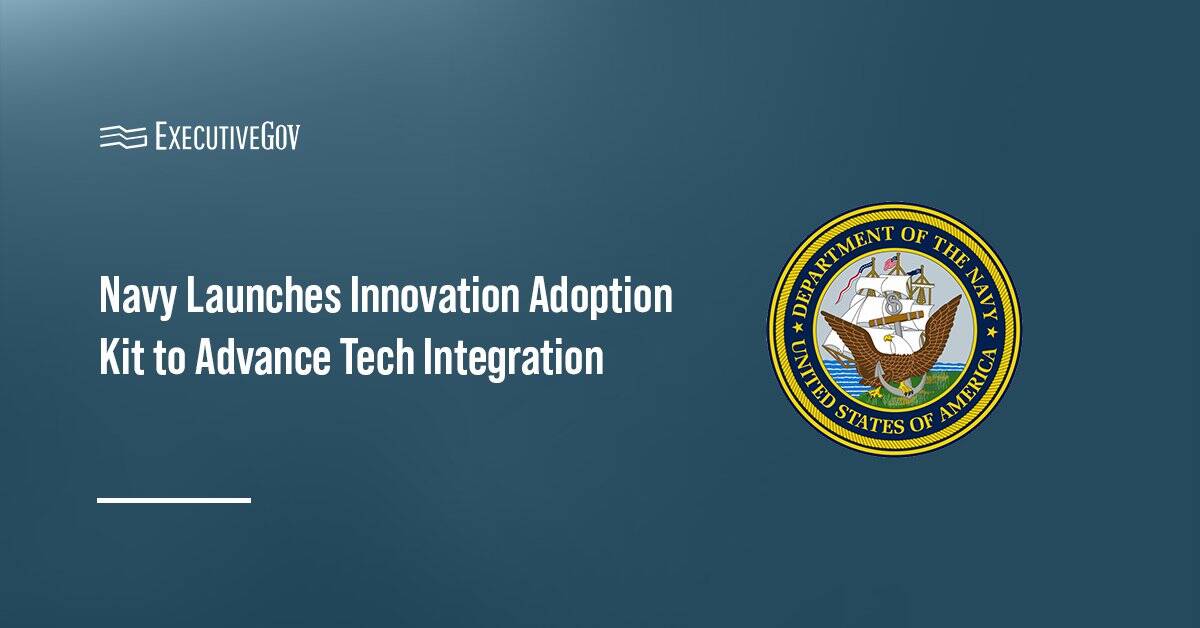The Defense Advanced Research Projects Agency is holding a competition titled the DARPA Lift Challenge, which is offering $6.5 million in prize money for the development of vertical lift unmanned aircraft systems that can exceed current payload-to-weight ratio limitations.
Table of Contents
What Are the Parameters of the DARPA Lift Challenge?
The agency said Thursday that the competition calls for designs that enable a drone to carry payloads greater than four times its own weight, a significant improvement over the one-to-one maximum payload-to-weight ratio capability typically seen in existing systems. According to DARPA, this enhancement to vertical lift performance could result in new civilian and military UAS applications.
Under the competition, which will be carried out at the Unclassified level, the proposed design must not be heavier than 55 pounds. This limitation is inclusive of the aircraft’s fuel or power source.
During live performance trials, set for the summer of 2026, competing aircraft will be made to operate through a five-nautical-mile circuit course, where they must demonstrate the ability to carry a payload weighing no less than 110 pounds.
Strict compliance with Federal Aviation Administration regulations is mandated.
When Can Participants Register for the Competition?
Registration for the competition is set to begin on Jan. 5 and close on May 1. Only the first 200 eligible and qualified registrants will be accepted. Requirements will be published on the registration website at a later time.
Securing American UAS Technology Leadership
Commenting on the competition, DARPA Lift Challenge Program Manager Phillip Smith said that more than developing better drones, the event is “about securing America’s leadership in UAS technology for decades to come.”
“We’re setting ambitious goals and giving everyone a chance to compete to create new capabilities, accelerate our defense industrial base and give the U.S. a strategic advantage,” Smith added.





